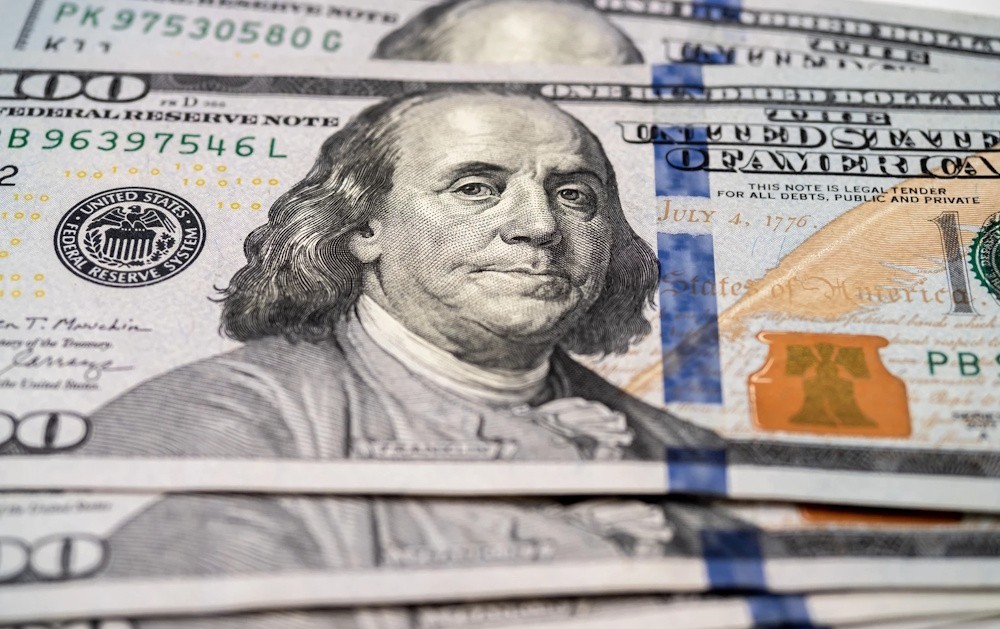
The US Dollar is starting the new month with a strong performance. The currency has shown a slight increase against the majority of other currencies. Within the G10, the Australian dollar and Norwegian krone are at the forefront, exhibiting minimal gains. Among emerging market currencies, the Mexican peso’s increase of approximately 0.15% positions it at the forefront of the complex. The news flow is minimal and predominantly highlights the concluding manufacturing PMI reading.
OPEC+ has reached an agreement to increase production by 137,000 barrels per day starting next month, with plans to maintain this level through the first quarter of 2026. December WTI remains relatively stable at this moment. It initially extended the pre-weekend gains to $61.50; however, sellers pushed it back below $61.00. China has modified its tax on gold, which appears to incentivize buying on the Shanghai exchanges or from the central bank. Gold remains relatively stable, exhibiting a slight decline. Equities are experiencing a rally. Japan’s markets remained closed, thus not engaging in today’s widespread gains, which were spearheaded by a 2.8% increase in South Korea’s Kospi. Europe’s Stoxx 600 is reversing a four-day decline, showing an increase of approximately 0.4% in late morning trading. The S&P 500 and Nasdaq futures have improved by 0.3% to 0.5%. Benchmark 10-year bond yields in Europe are showing slight firmness, with most increasing by less than a single basis point. The 10-year US Treasury yield, which increased by nearly eight basis points last week, has risen by an additional basis point today, approaching 4.09%.
The Dollar Index concluded October at its highest point since August 1. The increase was approximately 2.1% in the previous month. The asset has increased its value today to approximately 99.90. The next immediate target is the 100.00-100.25 range. The 200-day moving average is approximately 100.40. Despite the ongoing closure of the US federal government, this week is significant for data releases from the private sector, including the final PMI, ISM, auto sales, and the University of Michigan’s preliminary October survey. ADP is set to release its estimate regarding the growth of private sector jobs. Auto sales are projected to have decelerated to approximately 15.5 million units on an annual basis, positioning this figure as one of the lowest for the year. Meanwhile, the ADP estimate is anticipated to be around 25,000 following a decline of 32,000 in September. The Supreme Court is currently reviewing the arguments regarding the administration’s application of emergency powers related to various tariffs it has enacted. Market participants will seek to interpret the court’s inclinations based on the inquiries posed during the proceedings.
The euro reached a new low for October ahead of the weekend, trading near $1.1520. The value has reached $1.1510 in Europe today. A breach of the $1.1490 level indicates potential risk to the lows observed in late July and early August, approximately $1.1400. The close below the lower Bollinger Band indicates that the asset is currently stretched. The final October manufacturing PMI aggregate reading stood at 50.0, unchanged from the preliminary reading. While this was the case with the Germany report (steady at 49.6), the French manufacturing PMI showed an improvement to 48.8 from 48.3, initially. Spain and Italy’s manufacturing PMI showed a stronger performance than anticipated, with figures of 52.1 compared to 51.5 in Spain and 49.9 against 49.0 in Italy. In light of the ECB’s absence for the time being, the euro could exhibit reduced sensitivity to forthcoming data releases. This week, Germany is set to release data on factory orders, industrial output, and trade figures.
